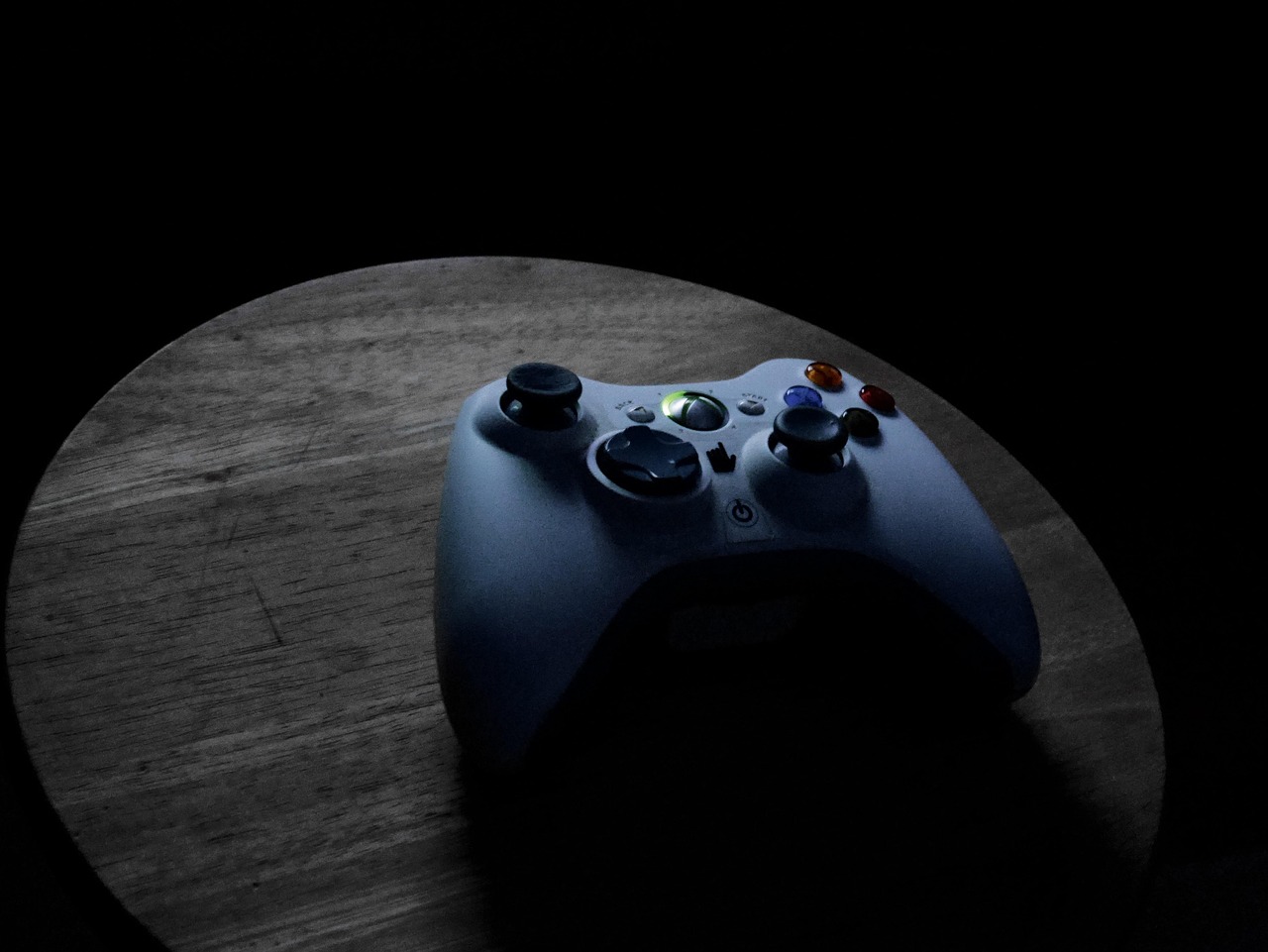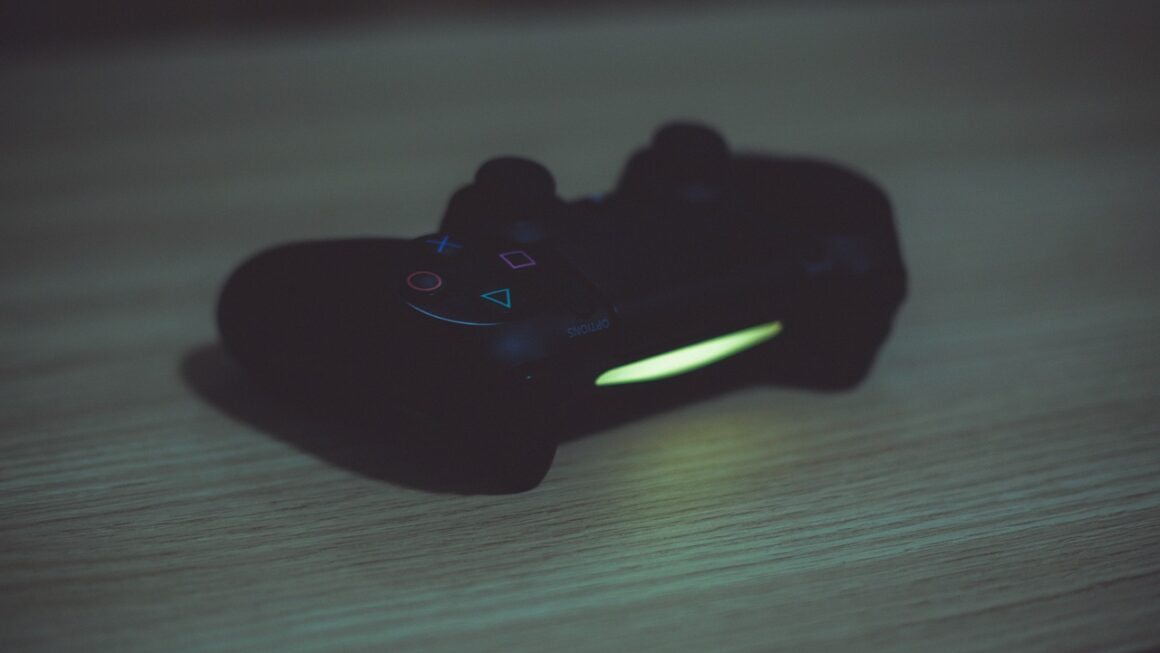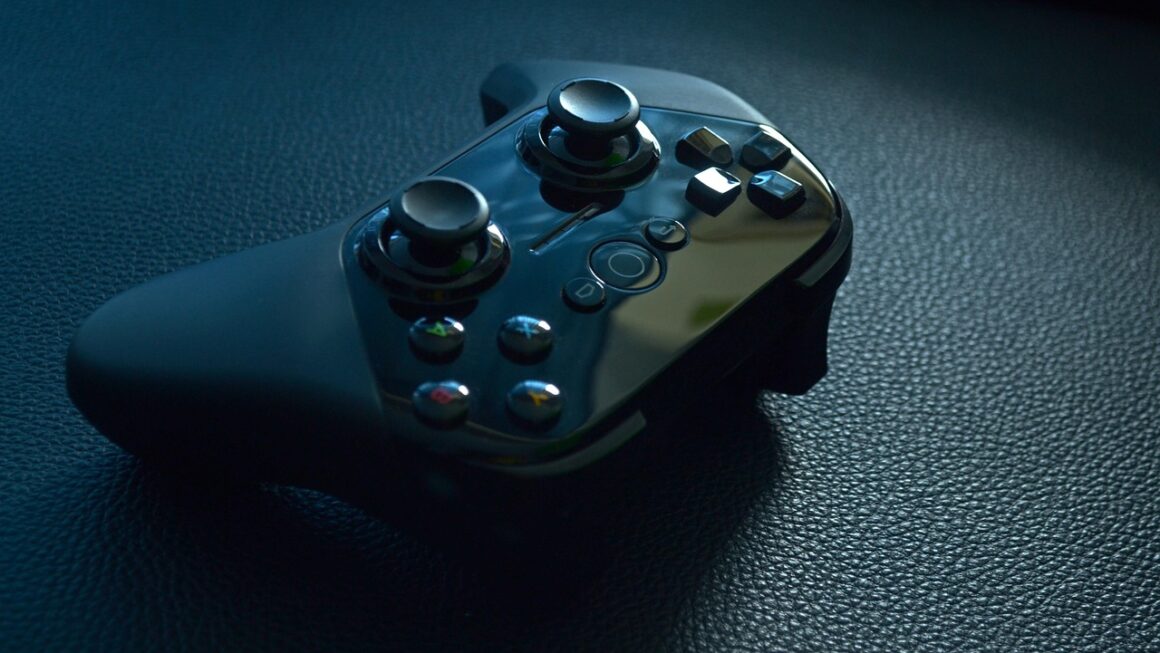The quest for the perfect gaming mouse is a deeply personal one. It’s a journey filled with considerations of ergonomics, sensor technology, button placement, and even aesthetic appeal. The right gaming mouse can elevate your gameplay, providing the precision and comfort you need to dominate the virtual battlefield. But with a dizzying array of options available, how do you navigate the world of gaming mice and find the one that’s truly right for you? This guide will delve into the critical aspects to consider, helping you make an informed decision and unlock your full gaming potential.
Understanding Gaming Mouse Features
DPI (Dots Per Inch) and Sensitivity
- DPI measures the mouse’s sensitivity, indicating how much the cursor moves on the screen relative to your hand’s movement. A higher DPI allows for quicker, more responsive movements, but it can also be harder to control.
- Most gaming mice offer adjustable DPI settings, allowing you to fine-tune the sensitivity to your preference. For example, a sniper in a first-person shooter might prefer a lower DPI for precise aiming, while a MOBA player might opt for a higher DPI for quicker map navigation.
- Practical Example: Many pro gamers use DPI settings between 400 and 800 for increased accuracy, even with high-resolution monitors. Experiment to find the sweet spot that balances speed and control.
Sensor Type: Optical vs. Laser
- Optical Sensors: Generally preferred for their accuracy and consistent tracking on a wider range of surfaces. They use an LED and a camera to track movement.
- Laser Sensors: Can offer higher DPI and track on more surfaces than optical sensors, including glass. However, they can sometimes suffer from jitter or acceleration, leading to less precise tracking.
- Recommendation: For most gamers, an optical sensor is the better choice due to its superior accuracy and reliability.
Polling Rate
- Polling rate, measured in Hertz (Hz), refers to how often the mouse reports its position to the computer. A higher polling rate means less input lag.
- A 1000Hz polling rate (reporting 1000 times per second) is generally considered optimal for gaming, providing a noticeable improvement in responsiveness compared to lower polling rates.
- While higher polling rates can slightly improve responsiveness, the actual difference might be imperceptible for most users beyond 1000Hz.
Ergonomics and Grip Styles
Different Grip Styles
- Palm Grip: The entire hand rests on the mouse. Requires a larger, more contoured mouse.
- Claw Grip: The palm rests on the back of the mouse, but the fingers are arched and only the fingertips make contact with the buttons. A medium-sized mouse with a raised back is often preferred.
- Fingertip Grip: Only the fingertips make contact with the mouse. A smaller, lightweight mouse is ideal.
- Knowing your grip style is crucial for selecting a mouse that feels comfortable and natural in your hand.
Mouse Shape and Size
- Consider the size of your hand when choosing a mouse. A mouse that is too large or too small can lead to discomfort and fatigue.
- Some mice are designed specifically for right-handed or left-handed users, while others are ambidextrous.
- Actionable Tip: If possible, try out different mice in person to get a feel for their shape and size before making a purchase. Many electronics stores allow you to test mice on display.
Weight and Balance
- The weight of a mouse can significantly affect its feel and performance. Lighter mice are generally preferred for fast-paced games, while heavier mice can provide more stability.
- Some mice offer adjustable weight systems, allowing you to customize the weight to your preference.
- The balance of the mouse is also important. A well-balanced mouse will feel more natural and easier to control.
Wired vs. Wireless Gaming Mice
Advantages of Wired Mice
- Reliability: Wired connections provide a stable and consistent connection with no risk of interference or lag.
- Power: No need to worry about battery life.
- Cost: Generally less expensive than wireless gaming mice.
Advantages of Wireless Mice
- Freedom of Movement: Eliminates the cable drag, allowing for more fluid and unrestricted movement.
- Clean Setup: Creates a cleaner and more organized gaming setup.
- Technology Advances: Modern wireless gaming mice offer incredibly low latency, making them virtually indistinguishable from wired mice in terms of performance.
Latency and Battery Life
- Modern wireless technology has significantly reduced latency in gaming mice. High-end wireless mice often boast response times comparable to or even better than their wired counterparts.
- Battery life varies depending on the mouse and usage patterns. Look for mice with long battery life and features like quick charging to minimize downtime. Many wireless mice now claim 70+ hours of battery life.
- Example: Some gaming mice, like the Logitech G PRO X SUPERLIGHT, weigh under 63 grams and offer sub-millisecond latency, making them popular choices among esports professionals.
Programmable Buttons and Customization
Button Layout and Accessibility
- Gaming mice often feature additional programmable buttons that can be assigned to various in-game actions, macros, or keyboard shortcuts.
- The placement and accessibility of these buttons are crucial for maximizing their usefulness. Consider how easily you can reach the buttons with your thumb or other fingers.
- Practical Example: MOBA players often use programmable buttons for quick access to spells or items, while MMO players use them for complex macro sequences.
Software Customization
- Most gaming mice come with dedicated software that allows you to customize button assignments, DPI settings, polling rate, and other parameters.
- Some software also allows you to create and save different profiles for different games or applications.
- Important: Choose a mouse with intuitive and user-friendly software to make the most of its customization options. Corsair’s iCUE and Razer Synapse are good examples of comprehensive customization suites.
RGB Lighting
- RGB lighting is a popular feature in gaming mice, allowing you to customize the appearance of your mouse with a wide range of colors and effects.
- While RGB lighting doesn’t improve performance, it can add a personal touch to your gaming setup.
- Some mice allow you to synchronize the RGB lighting with other peripherals for a cohesive aesthetic.
Budget Considerations and Value
Entry-Level Gaming Mice
- Entry-level gaming mice typically offer basic features and functionality at an affordable price.
- These mice are a good option for beginners or casual gamers who don’t need advanced features.
- Example: The Logitech G203 LIGHTSYNC is a popular entry-level gaming mouse that offers good performance and value.
Mid-Range Gaming Mice
- Mid-range gaming mice offer a balance of features, performance, and price.
- These mice often include better sensors, more programmable buttons, and improved ergonomics.
- Example: The Razer DeathAdder V2 is a well-regarded mid-range gaming mouse known for its comfortable ergonomics and accurate sensor.
High-End Gaming Mice
- High-end gaming mice offer the best possible performance, features, and build quality.
- These mice often include cutting-edge sensors, advanced customization options, and premium materials.
- Example: The Logitech G Pro X Superlight and Razer Viper Ultimate are top-tier wireless gaming mice favored by professional gamers.
Conclusion
Choosing the right gaming mouse can significantly enhance your gaming experience. By considering factors like sensor type, ergonomics, wired vs. wireless connectivity, programmable buttons, and budget, you can narrow down your options and find a mouse that perfectly fits your needs and preferences. Remember to prioritize comfort and performance over purely aesthetic considerations. Ultimately, the best gaming mouse is the one that feels the most natural and helps you perform at your best. Take the time to research and experiment to find the perfect weapon for your gaming arsenal.




